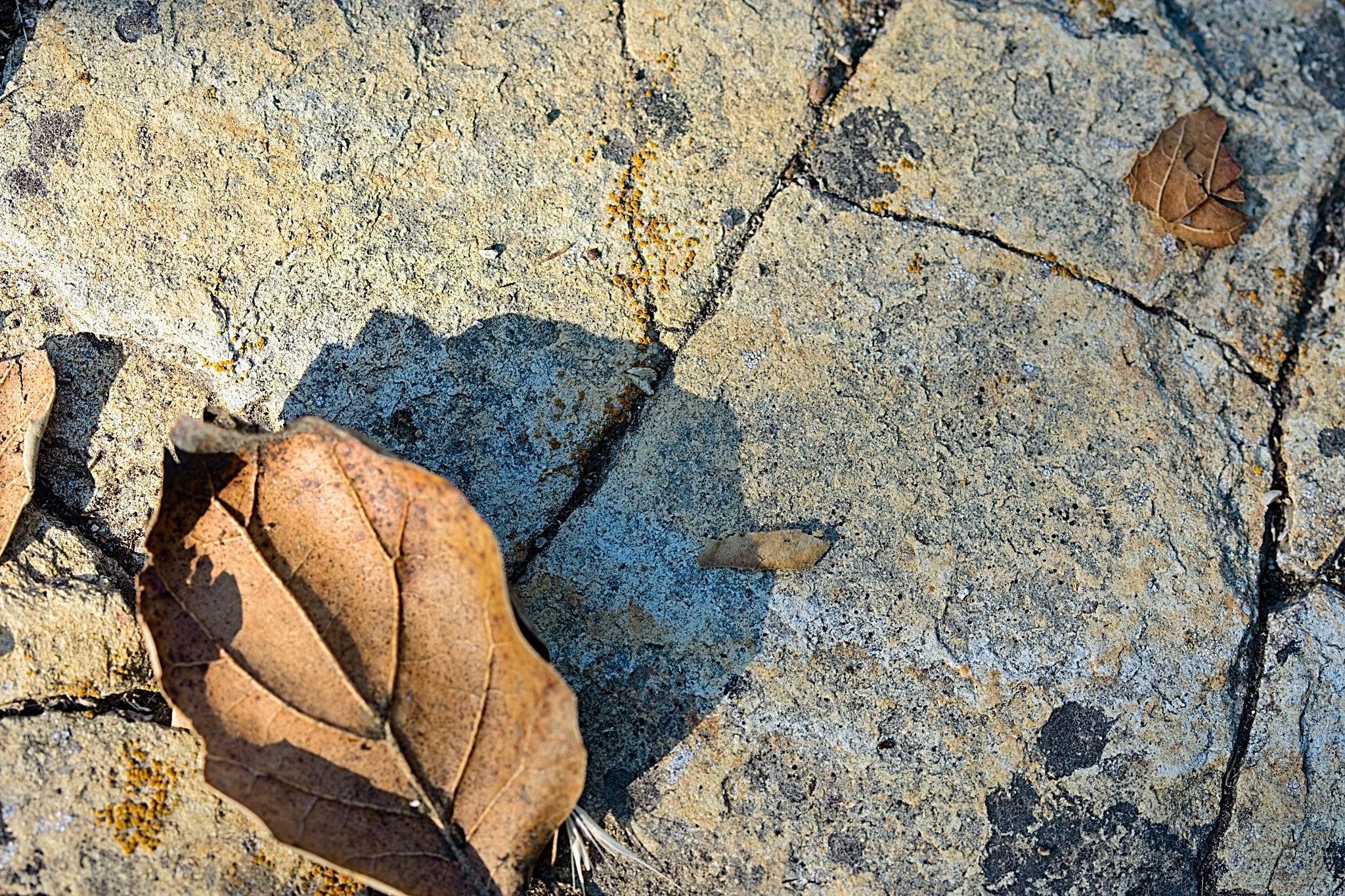"Each place its own psyche." - David Abrams
Meher Mount
Your Friday photo…
Temporary caretaker Juan Mendez photographed this bobcat at Meher Mount practically posing for its closeup.
“I thought about what the presence of the bobcat represents at Meher Mount,” Juan said, “and I feel the following quote from American ecologist and philosopher, David Abram, sums it up.”
“Each place its own mind, its own psyche!
Oak, Madrone, Douglas fir, red-tailed hawk, serpentine in the sandstone, a certain scale to the topography, drenching rains in the winters, fog off-shore in the summers, salmon surging up the streams - all these together make up a particular state of mind, a place-specific intelligence shared by all the humans that dwell therein, but also by the coyotes yapping in those valleys, by the bobcats and the ferns and the spiders, by all beings who live and make their way in that zone.
Each place its own psyche. Each sky its own blue.”
It was early afternoon on a warm summer day when my wife Agnes Montano detected a bobcat crossing swiftly across the field towards the Topa Topa Patio at Meher Mount.
Bobcats are solitary and elusive. In the past we had only been able to get a quick glimpse of them at Meher Mount.
We were delighted when we saw this one take refuge under the shade outside the patio.
The bobcat sat there long enough for me to go and grab my camera and photograph it from the veranda of the Visitor Center.
The bobcat was alert, perhaps looking for its next meal, but simply untroubled.
She raised her lovely face, and I snapped this shot that captures her beauty in all its magnificence.
~Juan Mendez, Temporary Caretaker




















